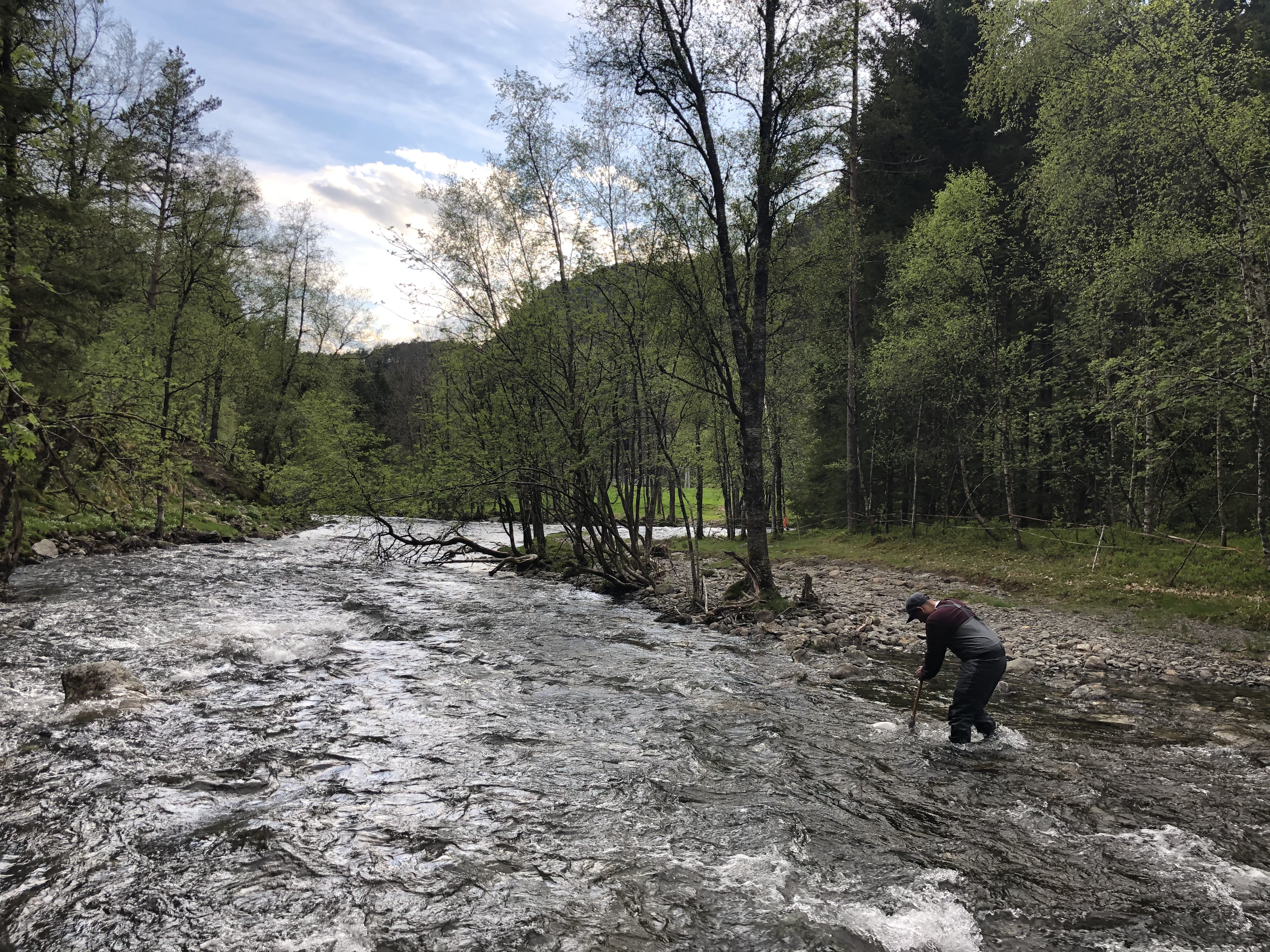Preserving biological diversity in freshwater is essential for a well functioning ecosystem. Among other things, a good ecosystem helps to filter the water, i.e. keep the water clean.
– Fortunately, we succeeded in our efforts up to the year 2010. We can look back on this and intensify these measures. Then there is hope that things can go in the right direction, says Gaute Velle, researcher at NORCE.
If we don't do anything, the consequences could be serious.
– We can get poorer water quality, reduced biological diversity and less clean water, says Velle.
In collaboration with a large international team, researchers from NORCE, NIVA and NINA have investigated the state and development of benthic biodiversity in Europe's rivers and lakes. They have analyzed extensive datasets from 1,816 European localities. The results is published in the journal Nature.
– Such large-scale surveys, which are based on long time series from many localities spread over large areas, are absolutely essential to get a nuanced picture of the changes in nature, says NINA researcher Knut Andreas Eikland.
Benthic animals provide answers
Scientists use benthic animals to say something about the state of fresh water. Benthic animals are small animals that live on the bottom, among stones, in the mud or between the aquatic plants in streams, rivers and lakes and are very important for biological diversity and for the functioning of ecosystems. Benthic animals are sensitive to changes in the environment, and are therefore important indicators of pollution, environmental stress and climate change, and can determine the ecological state. The distribution of benthic animals depends, among other things, on bottom conditions, flow conditions, pollution, toxins and oxygen content in the bottom water.
Stagnated after 2010
The study shows that biological diversity in river systems from 22 European countries increased significantly over a period from 1968 to 2010. But this positive trend has stagnated since 2010 and many watercourses are unable to fully regenerate.
The researchers find that the diversity of benthic animals increased slowly towards 2010 as a result of good mitigation measures to prevent the deterioration of nature, especially the establishment of water purification plants. But measures after 2010 fail to prevent the loss of biological diversity. We're putting a lot of resources into fixing these ecosystems, but soon we will not be able to continue this effort.
– If we are to increase natural diversity again, we must restore nature. An important measure will be to reopen closed waterways and remove the blockages in them. We must also ensure that physical conditions and the waterways' contact with the edge zone are improved. In this way, we improve the conditions for species that live in water, while at the same time we get better flow between the rivers and the surrounding areas, says NIVA researcher Jes Jessen Rasmussen.
Human pressure on nature
Rivers and lakes are affected by human activity and are among the ecosystems most threatened by the loss of biodiversity.
– The results from the survey showed, among other things, that the increase in benthic animal diversity up to 2010 was smaller in areas that were under strong human influence, says Thomas Jensen, senior researcher at NINA.
Activities that threaten ecosystems are urbanisation, agriculture, pesticides and other toxins, water regulation and hydropower, flood protection, infrastructure in the form of roads and power lines, acid rain, mining and climate change.
A lot of resources are therefore used to prevent the loss of biological diversity in freshwater. It is no longer enough to preserve nature, we must also restore what has been destroyed.
We develop land, bit by bit, thinking that just a house or a road does not destroy nature. But the overall burden leads to the loss of important nature and outdoor recreation areas.
– We must stop the construction, and restore damaged rivers and streams to rebuild biological diversity. The aim must not be to restore 100 meters of a stream, but 10,000 places at the same time, then we are on the right track, says Velle.
Data 40 years back
The participating Norwegian institutes have good expertise in benthic animals and the environmental conditions that must be present for these species to have viable populations. Some of the Norwegian localities included in the survey have been monitored since the early 1980s.
– Among other things, we work with the restoration of waterways where the goal is that human activity should be able to be combined with good environmental conditions for life, says Velle.









